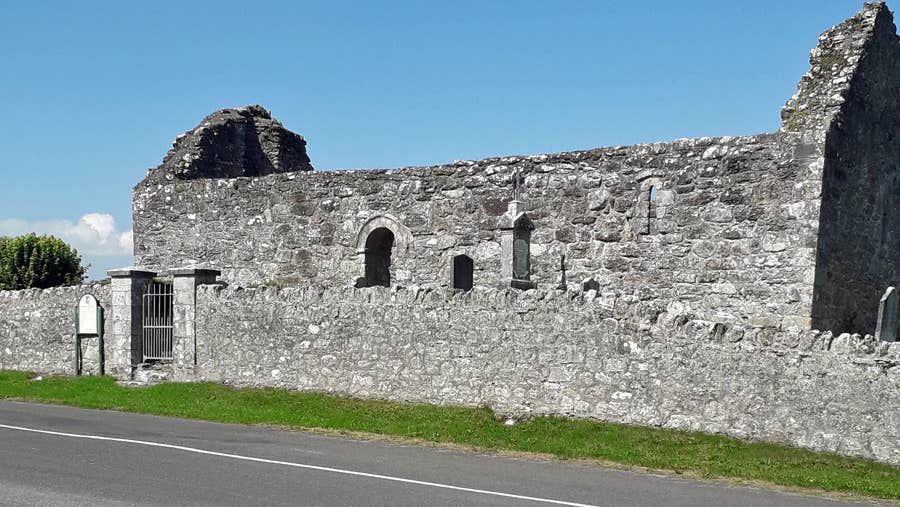The Drum Heritage Centre is primarily a visitor centre and history museum, and it contains one of the largest collections in the midlands of historic documents and memorabilia relating to Drum and its hinterland.
Among numerous other exhibits on display is a large scale map of Drum, showing all the once much used mass paths leading to Drum, together with a panel containing folklore recordings collected from people who used the mass paths in their lifetime. The outer margins of the map contain a selection of photographs of stone stiles and other field monuments encountered by the members during their survey.
There are also several transcripts of Sean O’Neachtain's Gaelic prose and poetry and some of the literary works of his son, Tadgh O'Neachtain. Poignantly, there are copies of emigrants' letters, taken from the Boston Pilot Newspaper publications 1831-1850, which disclose some sad revelations about men and women from Drum during the Great Famine.
The nearby ancient monastic site is under the care of the local heritage group, which has recently restored the remains of the Romanesque abbey. The wonderful monastery is thought to have belonged to a community of Patrician monks. The fascinating site boasts a Medieval church, living quarters and 350 memorials. It is also home to St Brigid’s Holy Well, which was restored in 1990. In 2010, a life size statue of the saint was added. The Holy Well is reputed by locals to have healing powers, and the annual tradition of Pattern Day still holds strong.
